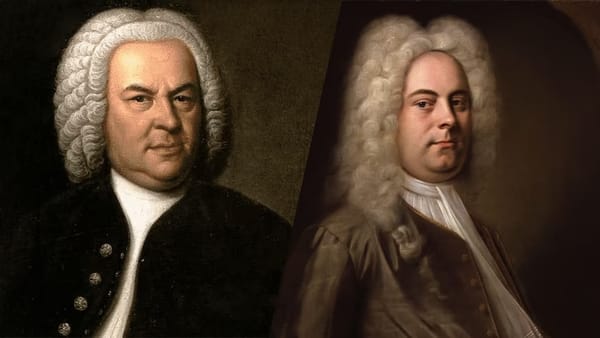BEING A HELPFUL PIANIST: A NOTE ON STARTING NOTES

Unless a singer has perfect pitch (and a few of you lucky ones do), they’ll appreciate being given a starting pitch from the rehearsal pianist. Often, a pianist’s first instinct is to do exactly that: they play the singer’s first note on the piano, with one finger, once. A note is a note, right?
It’s hard to describe why (acoustic physicists, please feel free to chime in here), but sometimes a singular note, played on the piano, can be hard to understand. It’s not that the singer can’t hear it, but the note lacks context.
There are a couple of ways to add context to those lonely starting notes, and make the singer feel secure in rehearsal. One simple way is to add octaves; around the specific E-flat they start on, add a couple of E-flats above and/or below. The more overtones, the better. This trick is also handy in a coaching situation, when the singer is working on intonation; the added octaves can make it easier for them to hear what correction needs to be made.
Another approach is to apply the singer’s starting pitch to the harmonies underneath it. The simplest way is to play the starting chord (the implied harmony, at the very least), and then distinctly add the singer’s note. Harmonic context can help clear up any doubts the singer may have about where they are in the score, or where they should be in their blocking.

Bonus tip: if the singer hears the note, and still looks a bit puzzled, help them out by playing the next few notes to jog their memory.
By Jenna Douglas. Republished with permission from Schmopera – http://www.schmopera.com/being-a-helpful-pianist-a-note-on-starting-notes/





